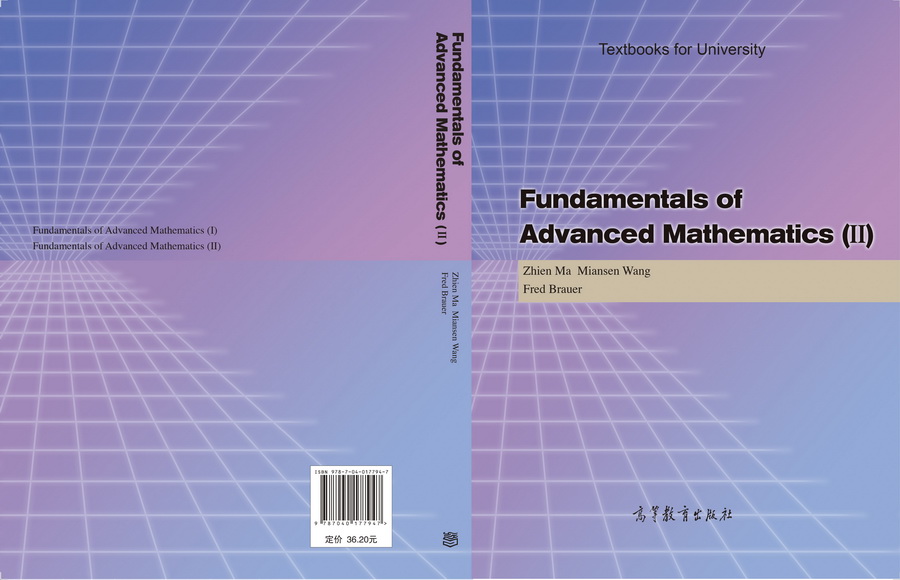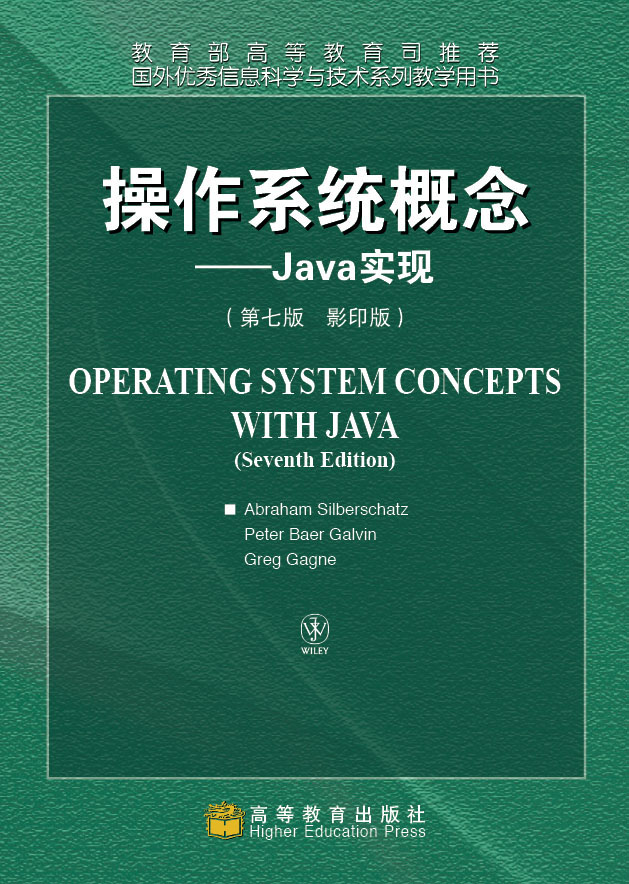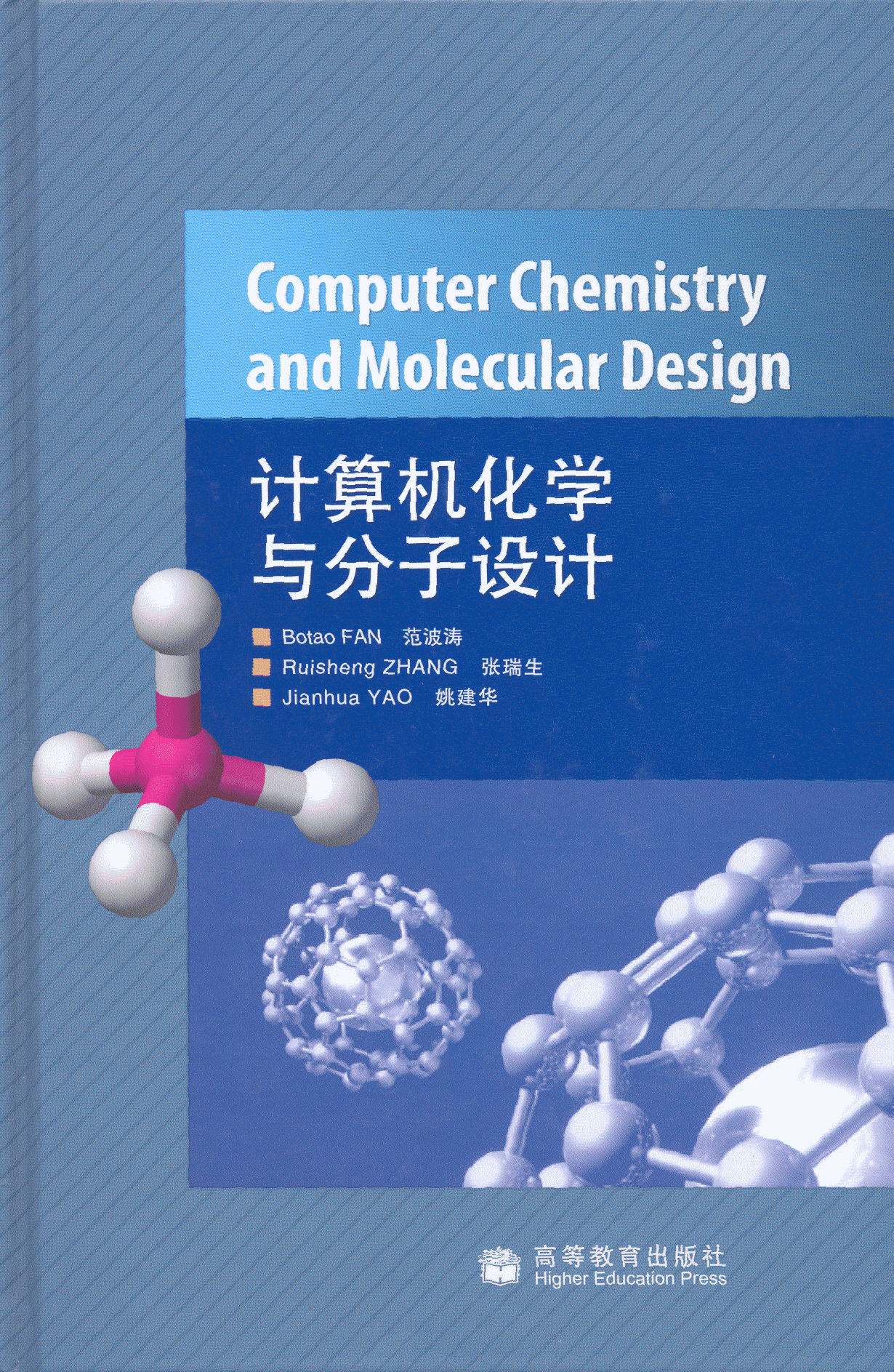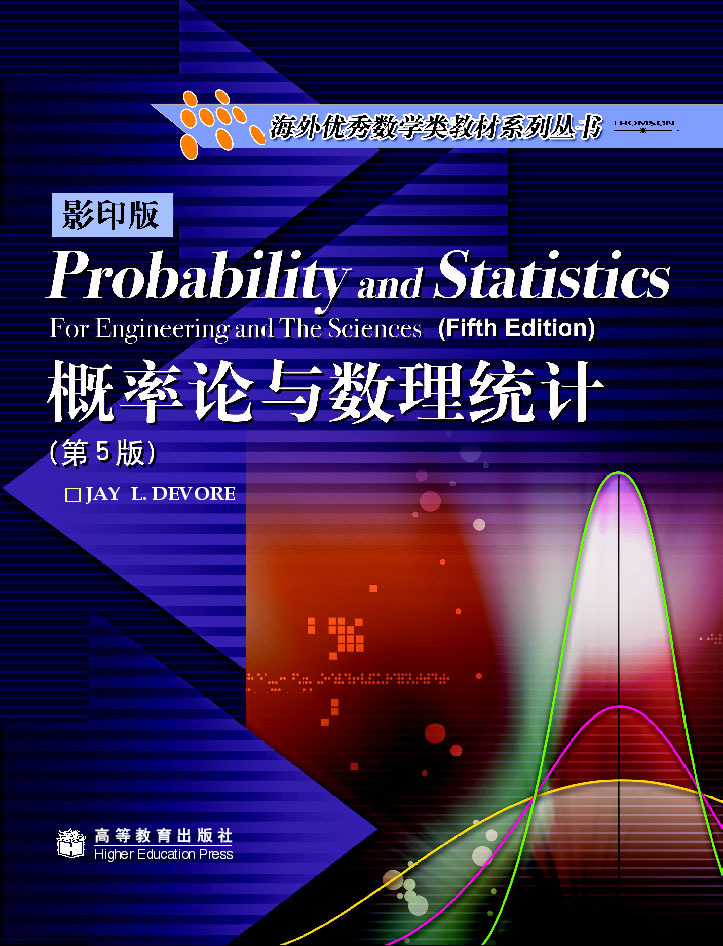Fundamentals of Advanced Mathematics(Ⅱ)
作者: 马知恩,王绵森,Fred Brauer
出版时间:2006-01
出版社:高等教育出版社
- 高等教育出版社
- 9787040177947
- 1版
- 116566
- 48260609-2
- 平装
- 异16开
- 2006-01
- 520
- 453
- 理学
- 数学类
- O13
- 工学、理学
- 本科
Chapter 5 Vector Algebra and Analytic Geometry in Space
5.1 Vectors and Their Linear Operations
5.1.1 The concept of vector
5.1.2 Linear operations on vectors
5.1.3 Projection of vectors
5.1.4 Rectangular coordinate systems in space and components of vectors
Exercises 5.1
5.2 M ultiplicative Operations on Vectors
5.2.1 The scalar product(dot product,inner product) of two vectors
5.2.2 The vector product (cross product,outer product) of two vectors
5.2.3 The mixed product of three vectors
Exercises 5.2
5.3 Planes and Lines in Space
5.3.1 Equations of planes
5.3.2 Position relationships between two planes
5.3.3 Equations of straight lines in space
5.3.4 Position relationships between two lines
5.3.5 Position relationships between a line and a plane
5.3.6 Distance from a point to a plane (line)
Exercises 5.3
5.4 Surfaces and Space Curves
5.4.1 Equations of surfaces
5.4.2 Quadric surfaces
5.4.3 Equations of space curves
Exercises 5.4
Chapter 6 The M ultivariable Differential Calculus and its Applications
6.1 Limits and Continuity of M ultivariable Functions
6.1.1 Primary knowledge of point sets in the space Rn
6.1.2 The concept of a multivariable function
6.1.3 Limit and continuity of multivariable functions
Exercises 6.1
6.2 Partial Derivatives and Total Differentials of M ultivariable Functions
6.2.1 Partial derivatives
6.2.2 Total differentials
6.2.3 Higher-order partial derivatives
6.2.4 Directional derivatives and the gradient
Exercises 6.2
6.3 Differentiation of M ultivariable Composite Functions and Implicit Functions
6.3.1 Partial derivatives and total differentials of multivariable composite functions
6.3.2 Differentiation of implicit functions defined by one equation
6.3.3 Differentiation of implicit functions determined by more than one equation
Exercises 6.3
6.4 Extreme Value Problems for M ultivariable Functions
6.4.1 Unrestricted extreme values
6.4.2 Global maxima and minima
6.4.3 Extreme values with constraints; The method of Lagrange multipliers
Exercises 6.4
*6.5 Taylor's Formula for Functions of Two Variables
6.5.1 Taylor's formula for functions of two variables
6.5.2 Proof of the sufficient condition for extreme values of function of two variables
Exercises 6.5
6.6 Derivatives and Differentials of Vector-valued Functions
6.6.1 Derivatives and differentials of vector-valued functions of one variable
6.6.2 Derivatives and differentials of vector-valued functions of two variables
6.6.3 Rules for differential operations
Exercises 6.6
6.7 Applications of Differential Calculus of M ultivariable Functions in Geometry
6.7.1 Tangent line and normal plane to a space curve
6.7.2 Arc length
6.7.3 Tangent planes and normal lines of surfaces
6.7.4 Curvature
*6.7.5 The Frenet frame
*6.7.6 Torsion
Exercises 6.7
Synthetic exercises
Chapter 7 The Integral Calculus of M ultivariable Scalar Functions and Its Applications
7.1 The Concept and Properties of the Integral of a M ultivariable Scalar Function
7.1.1 Computation of mass of an object
7.1.2 The concept of the integral of a multivariable scalar function
7.1.3 Properties of integrals of multivariable scalar functions
Exercises 7.1
7.2 Computation of Double Integrals
7.2.1 Geometric meaning of the double integral
7.2.2 Computation methods for double integrals in rectangular coordinates
7.2.3 Computation of double integrals in polar coordinates
*7.2.4 Integration by substitution for double integrals in general
Exercises 7.2
7.3 Computation of Triple Integrals
7.3.1 Reduction of a triple integral to an iterated integral consisting of a single integral and a double integral
7.3.2 Computation of triple integrals in cylindrical and spherical coordinates
*7.3.3 Computation of triple integrals by general substitutions
Exercises 7.3
7.4 Applications of M ultiple Integrals
7.4.1 The method of elements for multiple integrals
7.4.2 Examples of applications
Exercises 7.4
7.5 Line and Surface Integrals of the First Type
7.5.1 Line integrals of the first type
7.5.2 Surface integrals of the first type
Exercises 7.5
Synthetic exercises
Chapter 8 The Integral Calculus of M ultivariable Vectorvalued Functions and its Applications in the Theory of Fields
8.1 Line and Surface Integrals of the Second Type
8.1.1 The concept of field
8.1.2 Line integrals of the second type
8.1.3 Surface integrals of the second type
Exercises 8.1
8.2 The Relations Between Different Kinds of Integrals and their Applications to Fields
8.2.1 Green's formula
8.2.2 The conditions for a planar line integral to have independence of path
8.2.3 Stokes'ormula and the curl of a vector
8.2.4 Gauss'ormula and divergence
8.2.5 Some important particular vector fields
Exercises 8.2
Chapter 9 Linear Ordinary Differential Equations
9.1 Linear Differential Equations of Higher Order
9.1.1 Some examples of linear differential equation of higher order
9.1.2 Structure of solutions of linear differential equations
9.1.3 Solution of higher-order homogeneous linear differential equations with constant coefficients
9.1.4 Solution of higher-order nonhomogeneous linear differential equations with constant coefficients
9.1.5 Solution of higher-order linear differential equations with variable coefficients
Exercises 9.1
*9.2 Linear Systems of Differential Equations
9.2.1 Basic concepts of linear systems of differential equations
9.2.2 The structure of solutions of a linear system of equations
9.2.3 Solution of a homogeneous system of linear equations with constant coefficients
9.2.4 Solution of nonhomogeneous systems of linear equations with constant coefficients
9.2.5 Some applications of systems of linear equations
*Exercises 9.2
Synthetic exercise
Appendix A Basic Properties of M atrices and Determinants
A.1 M atrices
A.1.1 Elementary concepts of matrices
A.1.2 Operations on matrices
A.1.2.1 Linear operations on matrices
A.1.2.2 M ultiplication of matrices
A.1.2.3 Powers of a square matrix
A.1.2.4 Transpositions of matrices
A.1.3 Representation of the product of two matrices by rows(columns)
Exercises A.1
A.2 Determinants and Cramer's Rule
A.2.1 Definition and properties of determinants
A.2.2 Cramer's rule
Exercises A.2
Appendix B Answers and Hints for Exercises











